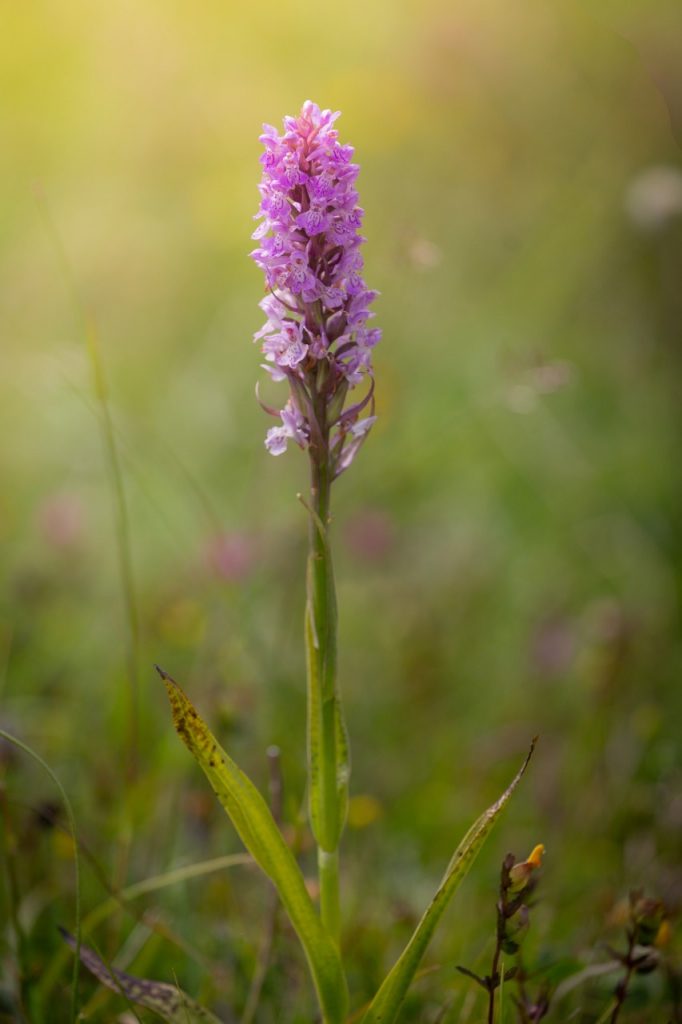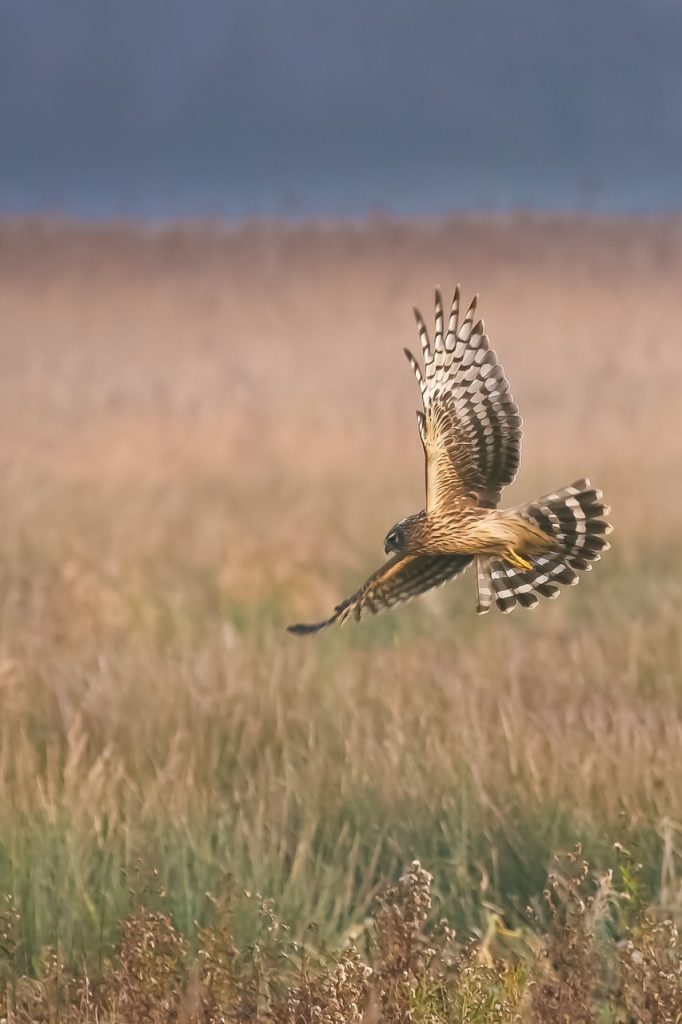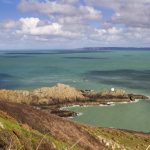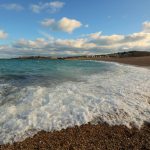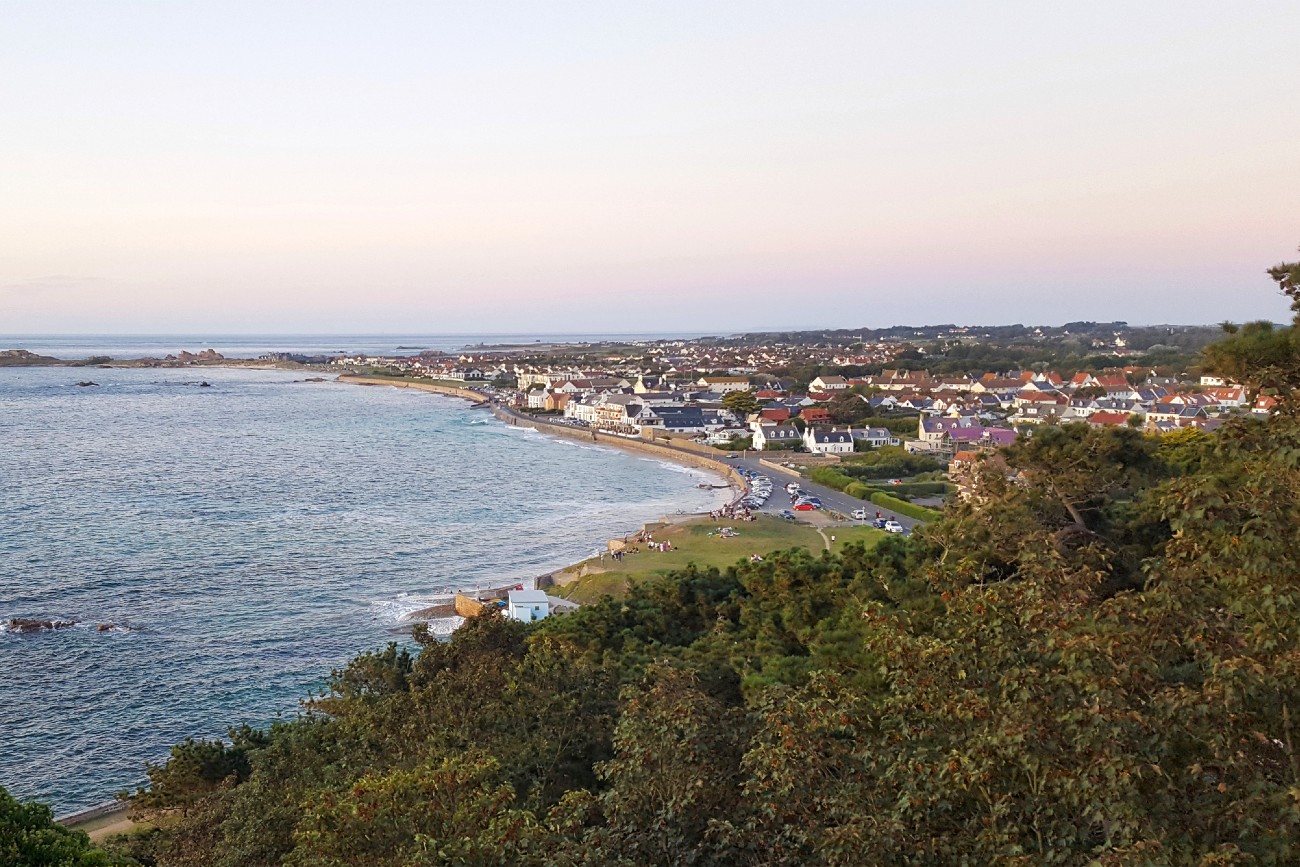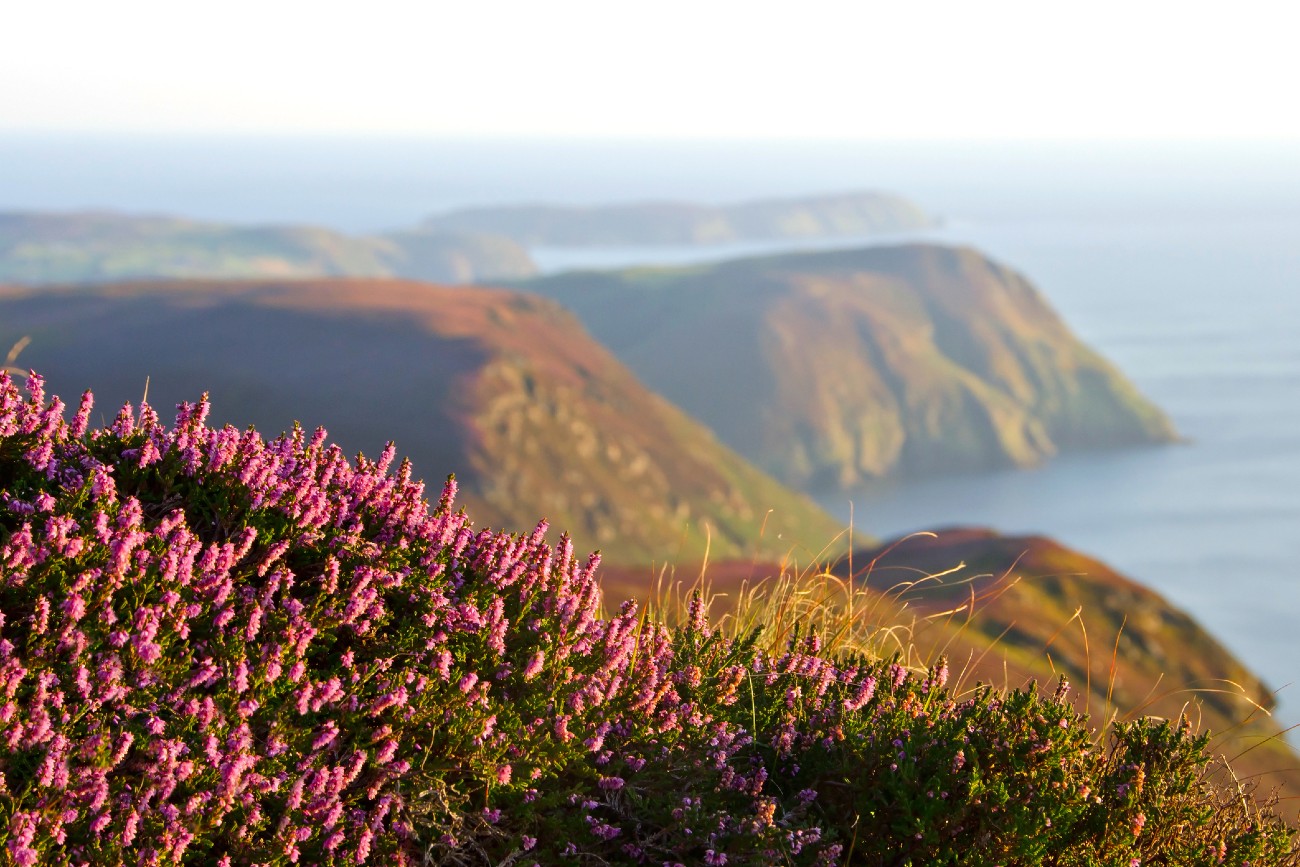
The leafy, north-west region of the Isle of Man is home to the largest area of wetland on the island – the Ballaugh Curragh. This diverse ecosystem is an Area of Special Scientific Interest and was the first part of the Isle of Man to be designated as a Ramsar Wetland.
These accolades were bestowed in recognition of the area’s unique habitats, with marshy grassland, bog pools and willow scrub all providing places for wildlife and plants to thrive. The willow scrub in particular is a key part of the wetland and is known as ‘curragh’ in the Manx language, thereby giving the wetland its name.
In the north corner of the Ballaugh Curragh, you can find Close Sartfield Nature Reserve – one of the larger reserves on the island. Its 12 hectares of rich native habitat are filled to the brim with wildlife and you can expect to see a great diversity of species.
The damp environments of the reserve are ideal for invertebrates and this represents a veritable buffet for larger animals, attracting them from far and wide. Birdwatching opportunities are especially good and some of the species to be found include the Grasshopper Warbler, the Reed Bunting and the Water Rail. If you’re very lucky, you may also spot a migratory Corncrake – one of the rarest animals on the Isle of Man.
When I went to Close Sartfield, I also discovered one of the reserve’s intriguing secrets – one that remains unknown even to some of those who call the Isle of Man home. In the 1960’s, a pair of Wallabies escaped from the island’s only wildlife park and established a small population in Close Sartfield. The population has grown ever since and sightings of these charismatic marsupials are increasing, despite the Isle of Man being a far cry from their native land of Australia.
Nature Walks
Close Sartfield Nature Reserve is a popular spot amongst walkers, with footpaths and boardwalks criss-crossing large sections of the reserve. Aside from the wildlife, the tranquil air and wonderful views are a strong attraction for many. The meadows and woodlands of the reserve are set against a scenic backdrop of low-lying hills, making it a beautiful destination to visit. For the best views, make your way to the bird hide positioned near the entrance, which offers a panoramic vista of the reserve and the surrounding area.
From late May until July, the reserve erupts in a glorious show of colour, with wildflowers eager to bloom as the summer approaches. Close Sartfield is well-known for its plant life and boasts an annual orchid bonanza, where tens of thousands of these exotic flowers spring up from the ground. I have been lucky enough to visit few times during this period of time and the orchids were absolutely stunning.
Highlights to look out for are the heath-spotted orchid, the common twayblade and the early marsh orchid – whose flowers appear in wonderful pinks and purples. The areas of peaty soil on the reserve host even more floral highlights besides, and are great places to find wetland specialists such as bog myrtle.
With Close Sartfield being so important for rare species, work is always being done to maintain the quality of the habitats and to establish new areas for wildlife.
The Manx Wildlife Trust ensures that any conservation efforts are carried out in tandem with the desire to keep the reserve a rewarding place for visitors. In the spirit of this, guided Orchid Walks are available during peak flowering season and this can be an excellent way to explore Close Sartfield.
- Marsh orchid
- Hen Harrier
Queens Of The Marsh
Visitors may find themselves spoilt for choice when it comes to wildlife watching at Close Sartfield Nature reserve. However, a glance towards the sky might reward you with views of one of the most endangered birds of prey in the country. As a species which has been severely persecuted for centuries, the Hen Harrier is now a very rare sight across the UK and Ireland.
In fact, the Isle of Man is one of the few places where the bird is seen regularly, with illegal poisoning cases being historically low. The island has by far and away the largest density of Hen Harriers in the British Isles and Close Sartfield is one of the very best spots to try and find these impressive raptors.
Hen Harriers are keen aerial hunters, using their sharp eyesight and skill on the wing to seek out small mammals sheltering in the undergrowth. While doing so, they are often seen gliding across the landscape and this is when they are at their most majestic. Their long wings carry them effortlessly through the air and their characteristic floaty flying style makes them easy to distinguish from other birds of prey. Male Hen Harriers tend to have blue-grey plumage, whereas the females are streaked in light browns.
With rare habitats, rare species and an animal that you might normally expect to see in the Australian outback, Close Sartfield Nature Reserve is a wholly unique place on the Isle of Man. A visit in late spring will be incredibly colourful, but there are things to see here at any time of year.
Would you like to learn more about the Isle Of Man? Read the following article: Guide To Visiting The Isle Of Man


